As another cricket season draws to a close and the winter chill sets in, most players pack away their gear and look forward to a well-earned break. But what you do with your cricket kit during the off-season can have a massive impact on its condition, performance and lifespan. Proper winter kit care ensures your cricket bat, pads, gloves, helmet and other essentials stay match-ready, so you can hit the ground running when the sun returns.
This comprehensive guide covers everything you need to know about cricket bat care, how to store cricket gear in winter and the best ways to maintain cricket equipment so it's always ready for action.
Why Winter Kit Care Matters
- Prevents avoidable damage: Cold, damp and fluctuating temperatures can warp bats, degrade leather and encourage mould.
- Saves money: Well-maintained gear doesn't need replacing as often.
- Ensures top performance: Bats, pads and gloves that are cared for retain their feel, protection and power.
- Reduces hassle: Avoids last-minute repairs or replacements before the season starts.
Cricket Bat Care - Your Most Valuable Asset
1. Clean Your Bat Thoroughly
- Wipe the blade and handle with a soft, dry cloth to remove dirt, grass and moisture.
- Avoid water or chemicals, moisture can damage the wood.
2. Inspect for Damage
- Look for surface cracks, splits or dents.
- Minor blemishes? Smooth with fine sandpaper.
- Address repairs now as small issues worsen over winter.
3. Oil the Bat
- Linseed oil prevents the bat from drying out and cracking.
- Apply a light coat to the face, edges, and toe (avoid the splice and stickers).
- Let it absorb for 24 hours then wipe off excess.
- Once at the end of the season and then again before your restart your net sessions would be the perfect scenario.
4. Store Properly
- Store in a cool, dry place away from radiators, heaters or damp. Central heating can dry our your bat and this will lead to breakages when you start to use it again.
- Avoid extreme temperature changes.
5. Use a Bat Cover
- Store your bat in a padded cover or sleeve for extra protection.
How to Store Cricket Gear in Winter
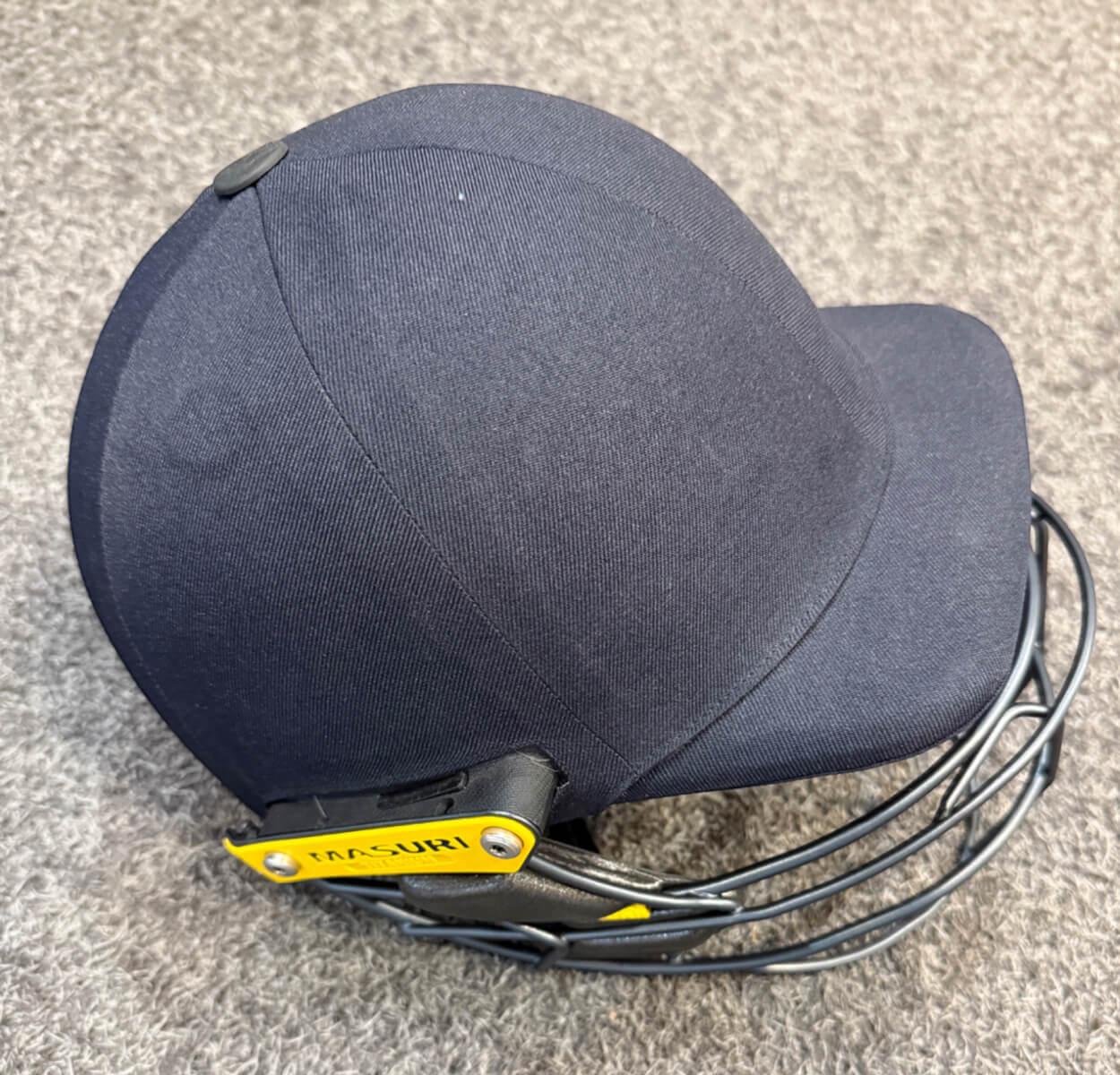
1. Clean Everything Before Storage
- Pads & Gloves: Wipe down with a damp cloth and let air-dry completely.
- Helmets: Clean inside padding and outer shell, checking for damage.
- Shoes: Remove mud, air out and check for worn soles or laces.
2. Dry Thoroughly
- Never store gear while it's damp as mould loves moisture!
- Leave kit bags open in a ventilated room for a day or two before packing away.
3. Organise and Inspect
- Check for broken straps, loose stitching or cracked padding.
- Make a list of what needs replacing before next season.
4. Store in the Right Place
- Choose a cool, dry, dark spot ideally a wardrobe or spare room.
- Avoid garages, sheds or lofts that get cold or damp.
- Store your kit bag off the floor.
5. Use Silica Gel Packs
- Pop a few silica gel packs in your kit bag to absorb moisture and prevent mould.
Maintain Cricket Equipment - Pads, Gloves, Helmets & More
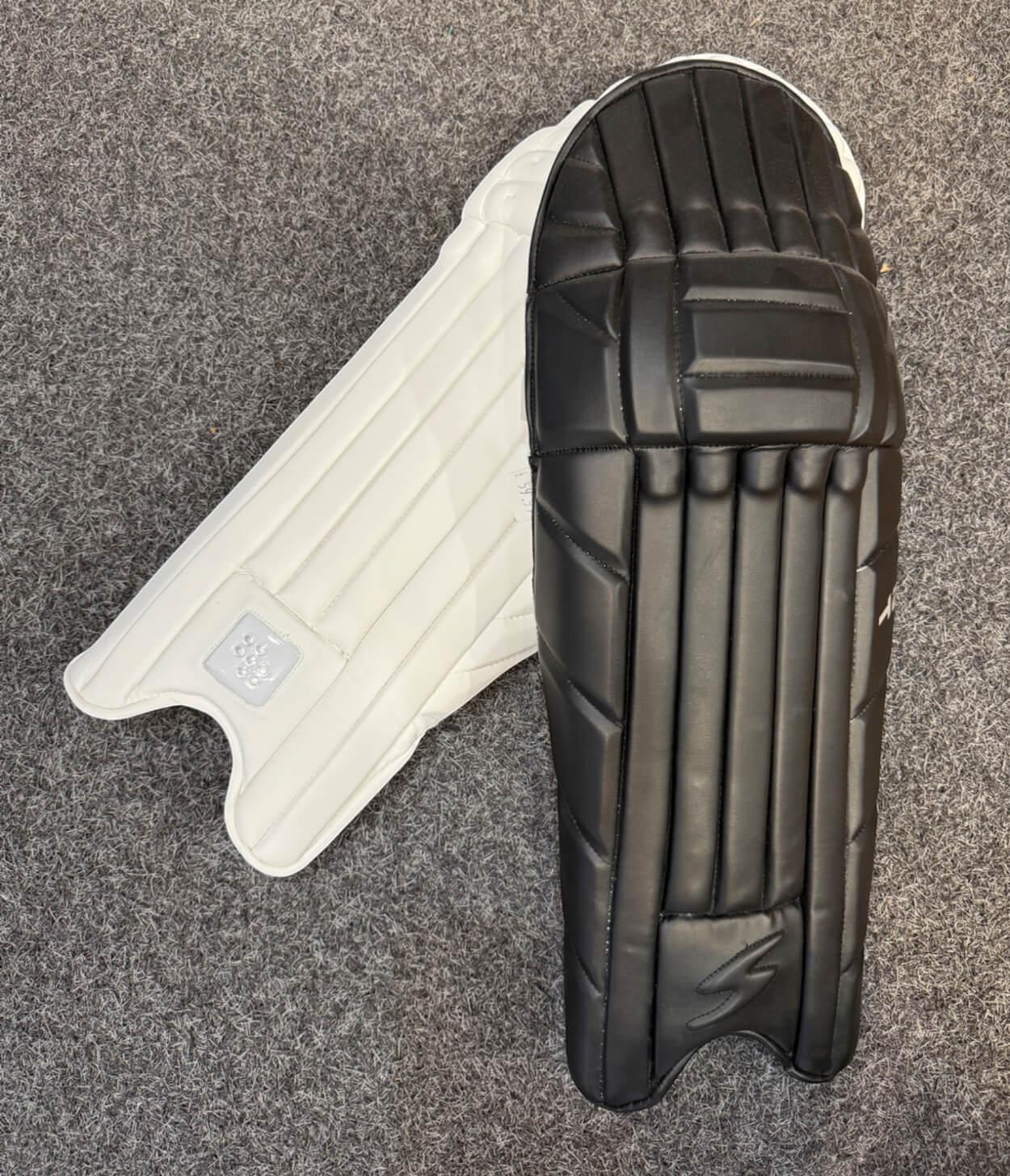
Pads
- Wipe clean with a damp cloth and mild soap if needed.
- Air dry, never tumble dry or place near direct heat.
Gloves
- Use a soft brush or cloth to remove dirt.
- Open fully and air dry.
- If leather palms use a small amount of leather conditioner.
Helmets
- Remove and gently wash internal padding if possible.
- Ensure grill is secure and not bent.
- Inspect shell for cracks, replace if need.
Shoes
- Remove insoles and let air separately.
- Clean the exterior and let dry fully.
- Tighten or replace loose/missing spikes.
Bags
- Empty everything and shake out debris.
- Wipe inside and outside surfaces.
- Let the bag air out before repacking.
Pro Tips for Junior Cricketers' Gear
- Make sure bats, pads and gloves still fit for next season.
- Inspect helmets and pads for signs of wear.
- Replace faded or missing name labels.
The Importance of Regular Maintenance
- Re-oil bats.
- Air out kit bags.
- Check for mould or muty smells.
- Repair minor damage before it become major.
Advanced Tips: Keeping Your Kit in Peak Condition
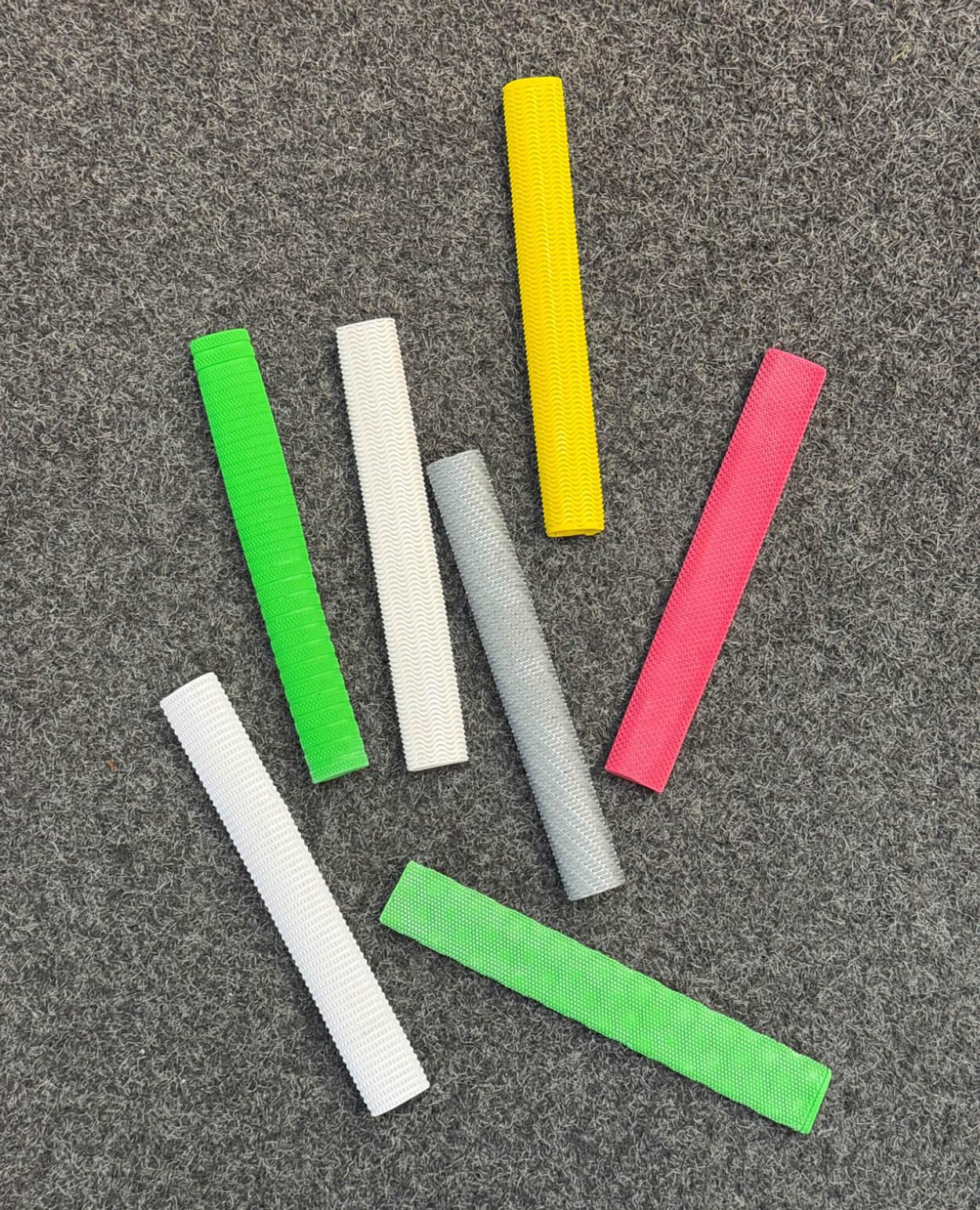
1. Bat Knocking-In and Repairs
- If your bat needs knocking-in or minor repairs, winter is the perfect time.
- Professional services (like VKS offers) can prepare your bat for next season.
2. Leather Conditioning
- Pads, gloves and some bags use leather, apply a suitable conditioner to keep them supple.
3. Replace Consumables
- Check and replace worn out grips, laces and spikes.
- Stock up on essentials (balls, sweatbands, tape) so you're ready for pre-season nets.
4. Deep Clean Your Bag
- Remove all contents, vacuum the inside, and wipe down.
- Use mild disinfectant spray to keep odours at bay.
5. Protect Against Pests
- Moths and other pests can damage natural fibres, consider using cedar balls or moth repellent sachets if storing in wardrobes.
Common Mistakes to Avoid
- Storing gear damp: Leads to mould, odours and material breakdown.
- Leaving bats in the garage/shed: Temperature swings and damp can ruin a bat.
- Over-oiling bats: Too much oil softens the wood and reduces performance.
- Ignoring minor repairs: Small cracks or loose stitching get worse over time.
- Forgetting about your kit: Out of sight, out of mind, set a reminder to check your gear monthly.
Troubleshooting: What If??
My Bat Has Developed a Crack
- Small surface cracks are normal, sand lightly and apply oil.
- Larger cracks? Seek professional repair or advice.
My Pads or Gloves Smell Musty
- Air them out in a warm dry place for a few days.
- Use odour-absorbing sachets or sprays.
- Persistent odours may mean it's time for replacement.
My Helmet Padding Is Coming Loose
- Some pads are replaceable, check with your supplier.
- If not, consider a new helmet for safety.
My Shoes Have Hardened
- Clean thoroughly and condition leather if needed.
- Replace if soles are cracked or grip is lost.
Preparing for Pre-Season: Getting Match-Ready
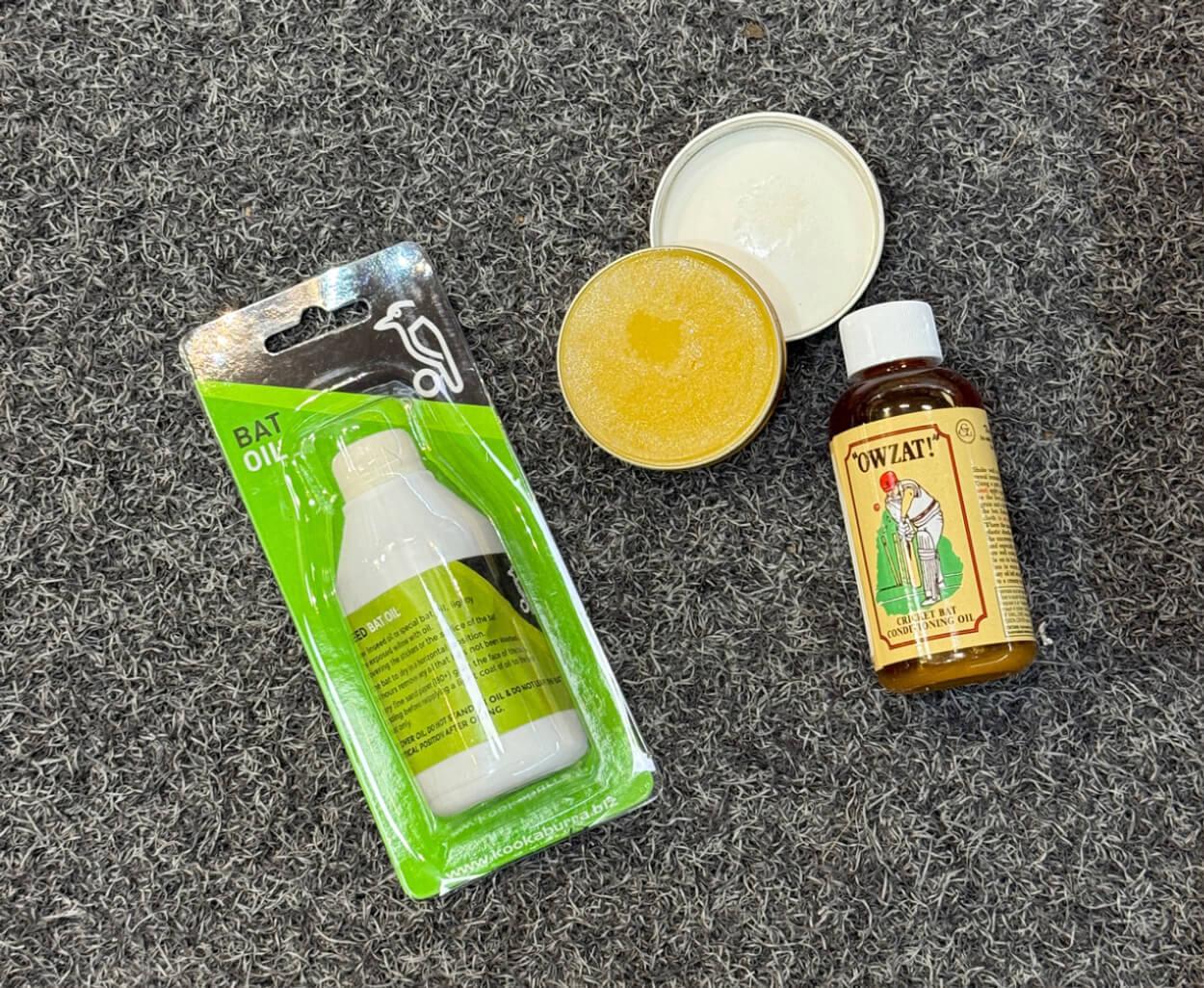
- Start checking your kit a month before nets or pre-season practice.
- Re-oil and re-grip your bat.
- Wash and air all clothing.
- Replace any damaged or missing items.
- Book in for professional bat knocking-in or repairs if needed.
Eco-Friendly Kit Care
- Use natural cleaning products where possible.
- Donate or recycle old kit, many clubs or charities accept used equipment.
- Choose quality over quantity, well-made gear lasts longer and is better for the environment.
VKS Recommendations: Our Top Tips for Winter Kit Care
- Inspect, clean, and store: Don't just throw your kit in the cupboard, give each item a quick check and clean.
- Store smart: Cool, dry, and dark is best, avoid garages and sheds.
- Don't forget the extras: Balls, sweatbands and accessories need care too.
- Make a kit checklist: Keep a list of what needs replacing or repairing before next season.
- Ask for advice: If you're unsure, ask the experts at VKS, we're always happy to help.
FAQs: Winter Cricket Kit Care
Q: How often should I oil my cricket bat in winter?
A: Once or twice during the off-season is usually enough. Too much oil can damage the bat.
Q: Can I leave my kit in the car or garage over winter?
A: No, fluctuating temperatures and damp can cause serious damage. Store indoors in a dry, stable environment.
Q: What's the best way to prevent mould?
A: Always dry gear thoroughly before storing and use silica gel packs in your kit bag.
Q: My junior's kit doesn't fit, what should I do?
A: Winter is a great time to upgrade. Check sizing and replace anything that's too small.
Q: How do I get rid of musty smells in pads and gloves?
A: Air them out, use odour-absorbing sachets and clean gently. Persistent smells may mean it's time for new gear.
Expert Product Recommendations for Winter Storage
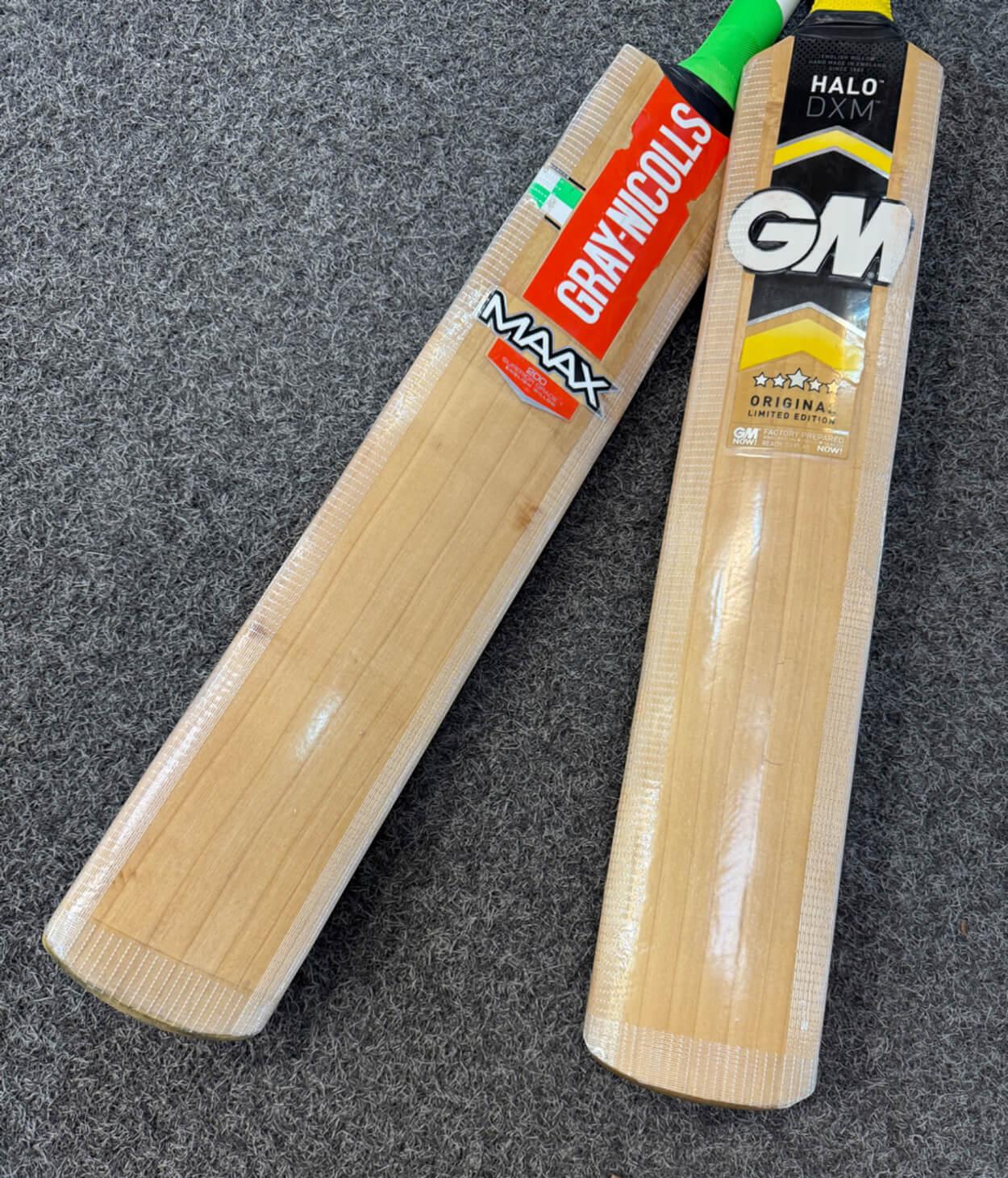
Best Bat Covers and Storage Bags
- Padded Bat Covers: Help protect against knocks and dust; ideal for both short and long-term storage.
- Breathable Kit Bags: Choose bags with ventilation panels to prevent moisture build-up.
- Separate Compartments: Use bags with dedicated sections for bats, pads, and shoes to avoid cross-contamination.
Essential Maintenance Supplies
- Linseed Oil: The gold standard for cricket bat care. Always opt for Linseed oil from a reputed cricket specialist. Owzat cricket bat oil is excellent too.
- Fine Sandpaper: For smoothing minor blemishes on your bat.
- Silica Gel Packs: Absorb moisture and help prevent mould in all types of kit bags.
- Leather Conditioner: Use on gloves, pads, and leather shoes to keep them supple.
- Odour-Absorbing Sachets: Keep your kit smelling fresh through the off-season.
Where to Buy
All these items are available at VKS, in-store or online at www.vks.com. Our team can recommend the best products for your specific needs.
Detailed Troubleshooting: Solving Common Winter Kit Issues
Bat Feels Heavy or Soft After Storage
- Possible Cause: Over-oiling or storage in a damp environment.
- Solution: Wipe off excess oil, air the bat in a dry room and avoid further oiling until the wood feels firm.
Pads or Gloves Have Developed Mould
- Possible Cause: Stored damp or in a humid location.
- Solution: Clean the affected area with a mild soap solution, air dry thoroughly and use silica gel packs in storage.
Kit Bag Smells Unpleasant
- Possible Cause: Residual sweat, dampness, or lack of ventilation.
- Solution: Empty and clean the bag, use odour-absorbing sachets, and ensure it's completely dry before repacking.
Bat Handle Feels Loose
- Possible Cause: Natural shrinkage of twine or glue over time.
- Solution: Re-wrap or replace the grip, or bring the bat in for professional re-handling.
Case Study: How Proper Winter Care Saved a Junior Player's Kit
Last winter, a junior club player's parent brought their child's kit to VKS for a post winter check. The bat, stored in a cool room in the house and oiled just once, was in perfect condition. Pads and gloves were dry, fresh and fit perfectly. By contrast, another player who left their kit in a cold garage found mouldy gloves and a warped bat. The difference? Following a few simple winter kit care steps made all the difference.
Interview: VKS Expert Advice on Winter Kit Care
Q: What's the most common mistake you see with winter kit storage?
A: "Leaving kit in garages or sheds is the biggest issue, damp and cold can ruin even the best gear. Always store indoors in a dry, stable environment."
Q: How can players get the most life out of their bats?
A: "Regular inspection and light oiling are key. Don't over-oil, and never use water to clean the bat. If you spot a crack, get it checked early."
Q: Any advice for junior cricketers or their parents?
A: "Check sizing every winter, kids grow fast! And label everything clearly to avoid mix-ups at the club."
Pre-Season Fitness & Skills Prep
Winter isn't just about equipment, it's also a great time to work on fitness and skills so you're ready for spring nets.
- Indoor Cricket Nets: Join local sessions to keep your eye in and maintain technique.
- Strength & Conditioning: Focus on core, legs, and shoulders to prevent injuries.
- Flexibility & Mobility: Yoga or stretching routines are great for cricketers.
- Mental Skills: Visualisation or tactical study can help you return sharper.
Customer Testimonials: Real Results from Proper Kit Care
"I followed VKS's winter care tips and my bat was in perfect shape for pre-season nets. No cracks or dryness!"
"My son's gloves used to get mouldy every year, but airing them properly and using silica gel packs made all the difference."
Final Checklist: Winter Kit Care Action Plan
- Clean all equipment thoroughly
- Inspect for damage and repair as needed
- Oil bats lightly (once or twice)
- Dry everything completely
- Use silica gel packs in bags
- Store kit in a cool, dry, dark place
- Check sizing for juniors
- Make a list of needed replacements
- Book professional repairs if required
- Plan for pre-season fitness and nets
Conclusion & Call to Action
Taking care of your cricket gear over winter is easy with the right routine. By following these tips, you'll keep your equipment match-ready, save money, and enjoy peace of mind. For expert advice, repairs, and all your cricket, tennis, and padel needs, visit VKS at 31 Bond Street, Ealing, London W5 5AS, or shop online at www.vks.com.
Stay ready. Stay ahead. Trust VKS for all your cricket bat care, winter storage, and equipment maintenance needs.




